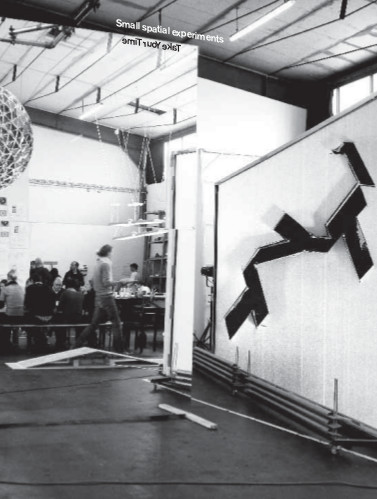Zygmunt Bauman: Liquid Modernity (2000-) [EN, PT, CZ, ES, PL, RU]
Filed under book | Tags: · community, labour, liquid modernity, modernity, sociology, space, time, work

In this book, Bauman examines how we have moved away from a ‘heavy’ and ‘solid’, hardware-focused modernity to a ‘light’ and ‘liquid’, software-based modernity. This passage, he argues, has brought profound change to all aspects of the human condition. The new remoteness and un-reachability of global systemic structure coupled with the unstructured and under-defined, fluid state of the immediate setting of life-politics and human togetherness, call for the rethinking of the concepts and cognitive frames used to narrate human individual experience and their joint history.
This book is dedicated to this task. Bauman selects five of the basic concepts which have served to make sense of shared human life – emancipation, individuality, time/space, work and community – and traces their successive incarnations and changes of meaning.
Liquid Modernity concludes the analysis undertaken in Bauman’s two previous books Globalization: The Human Consequences and In Search of Politics. Together these volumes form a brilliant analysis of the changing conditions of social and political life by one of the most original thinkers writing today.
Publisher Polity Press
ISBN 074562409X, 9780745624099
240 pages
Liquid Modernity (English, 2000)
Modernidade líquida (Portuguese, trans. Plínio Dentzien, 2001)
Tekutá modernita (Czech, trans. Blumfeld s.m., 2002)
Modernidad líquida (Spanish, trans. Mirta Rosenberg with Jaime Arrambide Squirru, 2003)
Płynna nowoczesność (Polish, trans. Tomasz Kunz, 2006)
Текучая современность (Russian, trans. С. А. Комаров, 2008)
Olafur Eliasson: TYT (Take Your Time) Vol. 1: Small Spatial Experiments (2007)
Filed under magazine | Tags: · art, environment, installation art, sculpture, space

An in-house production, TYT (Take Your Time) presents current research and projects by Olafur Eliasson and the studio in the format of an intermittently recurring magazine, with an emphasis on the process of developing and testing ideas and artworks.
Concept by Olafur Eliasson
Edited and published by Studio Olafur Eliasson, Berlin, November 2007
Design by Michael Heimann
208 pages
Susan Buck-Morss: Dreamworld and Catastrophe: The Passing of Mass Utopia in East and West (2000)
Filed under book | Tags: · avant-garde, history, philosophy, proletkult, russia, space, suprematism, time, utopia

“The dream of the twentieth century was the construction of mass utopia. As the century closes, this dream is being left behind; the belief that industrial modernization can bring about the good society by overcoming material scarcity for all has been challenged by the disintegration of European socialism, capitalist restructuring, and ecological constraints. The larger social vision has given way to private dreams of material happiness and to political cynicism.
Developing the notion of dreamworld as both a poetic description of a collective mental state and an analytical concept, Susan Buck-Morss attempts to come to terms with mass dreamworlds at the moment of their passing. She shows how dreamworlds became dangerous when their energy was used by the structures of power as an instrument of force against the masses. Stressing the similarities between the East and West and using the end of the Cold War as her point of departure, she examines both extremes of mass utopia, dreamworld and catastrophe.
The book is in four parts. “Dreamworlds of Democracy” asks whether collective sovereignty can ever be democratic. “Dreamworlds of History” calls for a rethinking of revolution by political and artistic avant-gardes. “Dreamworlds of Mass Culture” explores the affinities between mass culture’s socialist and capitalist forms. An “Afterward” places the book in the historical context of the author’s collaboration with a group of Moscow philosophers and artists over the past two tumultuous decades. The book is an experiment in visual culture, using images as philosophy, presenting, literally, a way of seeing the past. Its pictorial narratives rescue historical data that with the end of the Cold War are threatened with oblivion and challenge common conceptions of what this century was all about.”
Publisher MIT Press, 2000
ISBN 0262523310, 9780262523318
386 pages
PDF (8 MB, updated on 2022-10-17)
Comment (0)
